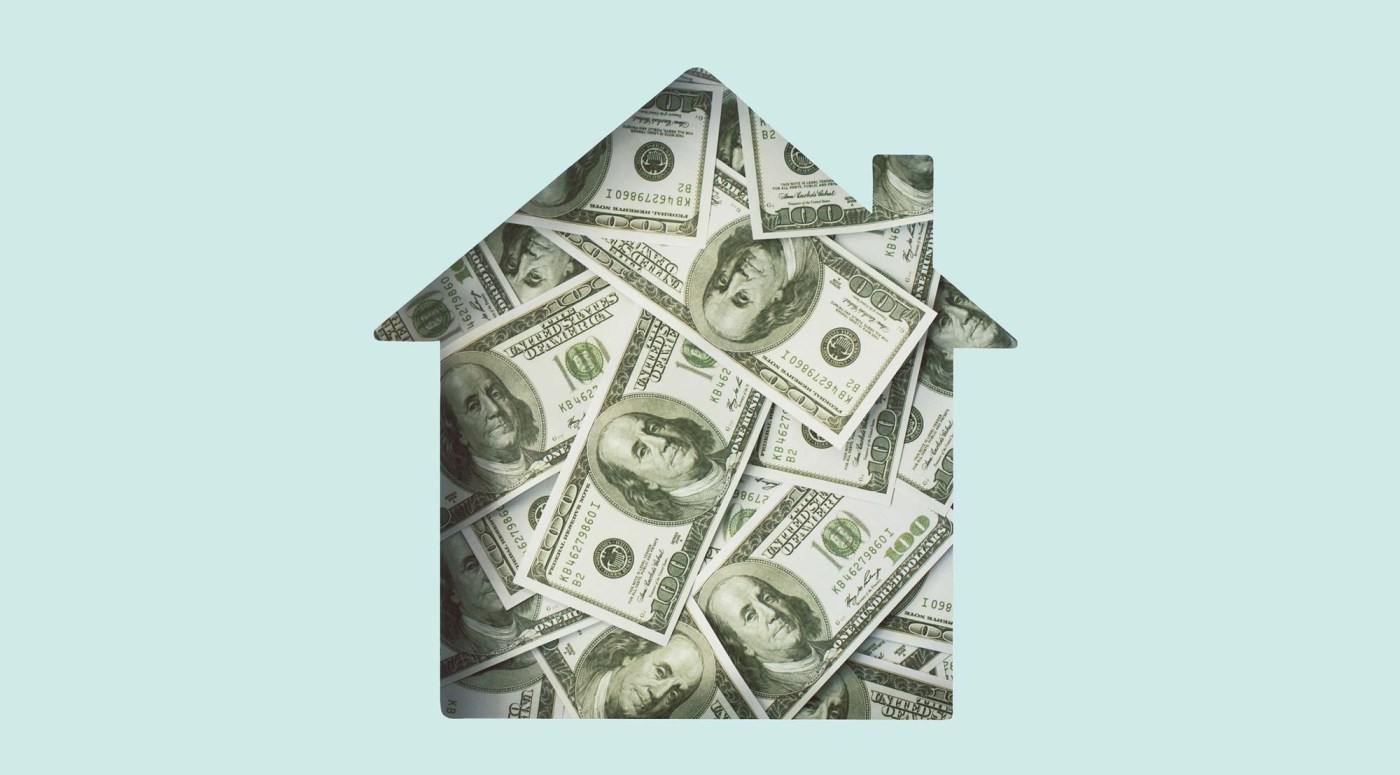California’s tappable home equity eased in the second quarter as several key markets saw softening appreciation, according to data from Intercontinental Exchange.
The Golden State held $3.229 trillion of the nation’s $11.626 trillion in tappable home equity, down from $3.269 trillion in the first quarter.
The Southern California counties of Los Angeles, Orange, Riverside, San Bernardino and San Diego hold $1.645 trillion, or more than half of the state’s tappable home equity.
Also see: Record prices push Southern California home sales 35% below average
The U.S. has a record high in tappable home equity at $11.6 trillion with total home equity also at a record $17.8 trillion.
“California holds more than a quarter of the nation’s tappable home equity, over four times more than any other state,” said Andy Walden, head of mortgage and housing market research with the Atlanta-based Intercontinental Exchange (ICE). “The Los Angeles metro area alone holds 10% of the nation’s tappable equity.”
ICE is a global network of regulated exchanges and clearing houses for financial and commodity markets. It also provides data services and mortgage technology.
More on housing: Just 15% of Californians can afford a home vs. 34% nationally
Intercontinental Exchange’s definition of tappable home equity means there is at least 20% remaining home equity available after any refinance activity. For example, assume a home is worth $1 million without any liens. There is $800,000 of tappable equity as there needs to be 20%, or $200,000, of remaining home equity.
Are homeowners putting their newfound equity to good use? I hope so.
Cash-out home refinancing activity hit a near three-year high, accounting for 59% of all refinance activity. Borrowers drew $94,000 in equity and increased payments by an average $590 per month.
Seventy percent of cash-out refinances are coming from borrowers willing to pay more than their current interest rate to gain access to equity. The average cash-out by a homeowner refinancing raised their interest rate by 1.45 percentage points.
The pace of California home appreciation is cooling.
“Softening home prices have resulted in equity levels beginning to crest across California, with nine of the 10 largest markets seeing modest declines in tappable equity compared to the same time last year,” said Walden. “Stockton ( down 7.2%) and Riverside County (down 2.7%) have seen the largest declines in tappable equity over the past 12 months.”
Is there anything to be aware of should home prices fall?
If you are thinking about refinancing, you are better off doing it with the most equity possible (assuming home prices have peaked during this cycle). The more skin-in-the-game or equity you have, the better the mortgage pricing will be.
If you happen to have private mortgage insurance, or PMI, this might be an opportune time to ask your mortgage servicer for it to be canceled so long as you have at least 20% equity, and you’ve been making on-time payments.
Legally, federal law requires mortgage lenders to automatically cancel PMI when the mortgage balance drops to 78% of the home’s purchase price under the Homeowners Protection Act.
So, loan servicers aren’t mandated to cancel the PMI if you have at least 20% equity. Generally, servicers will try to accommodate you for fear that you’ll refinance the loan elsewhere if they don’t cancel the PMI.
Why should you refinance?
If your mortgage rate is over 6.75%, you might be able to take advantage of the recent interest rate dip.
Locally, mortgage rates are under 6% for well-qualified borrowers. So, refinancing might make sense if you have a significant amount of high-interest rate debts — like credit cards — and your current first mortgage is at a rate exceeding 6%.
Or, maybe you have a large home improvement project that requires you to tap out home equity.
If your primary mortgage rate is below 5.5%, you might be better off taking out a fixed-rate second mortgage or a home equity line-of-credit. Second loans and HELOCs will carry a higher interest rate than today’s first mortgage rates. Generally, the dollar amount you are borrowing is significantly lower than the first mortgage dollar amount. So, you are better off keeping your lower first mortgage rate.
You should also consider getting a HELOC, just to have it in case of an emergency. Some lenders offer no-cost HELOCs.
Keep in mind, mortgage interest is not tax-deductible for paying off debts such as credit cards. Mortgage interest is tax-deductible for home improvement.
Freddie Mac rate news
The 30-year fixed rate averaged 6.58%, unchanged from last week. The 15-year fixed rate averaged 5.69%, 2 basis points lower than last week.
The Mortgage Bankers Association reported a 1.4% mortgage application decrease compared with one week ago.
Bottom line: Assuming a borrower gets the average 30-year fixed rate on a conforming $806,500 loan, last year’s payment was $64 less than this week’s payment of $5,140.
What I see: Locally, well-qualified borrowers can get the following fixed-rate mortgages with one point: A 30-year FHA at 5.75%, a 15-year conventional at 5.375%, a 30-year conventional at 6.25%, a 15-year conventional high balance at 5.75% ($806,501 to $1,209,750 in LA and OC and $806,501 to $1,077,550 in San Diego), a 30-year high balance conventional at 6.5% and a jumbo 30-year fixed at 6.25%.
Eye-catcher loan program of the week: A 30-year mortgage, fixed for the first five years at 5.5% with 30% down payment and 1 point cost.
Jeff Lazerson, president of Mortgage Grader, can be reached at 949-322-8640 or jlazerson@mortgagegrader.com.
